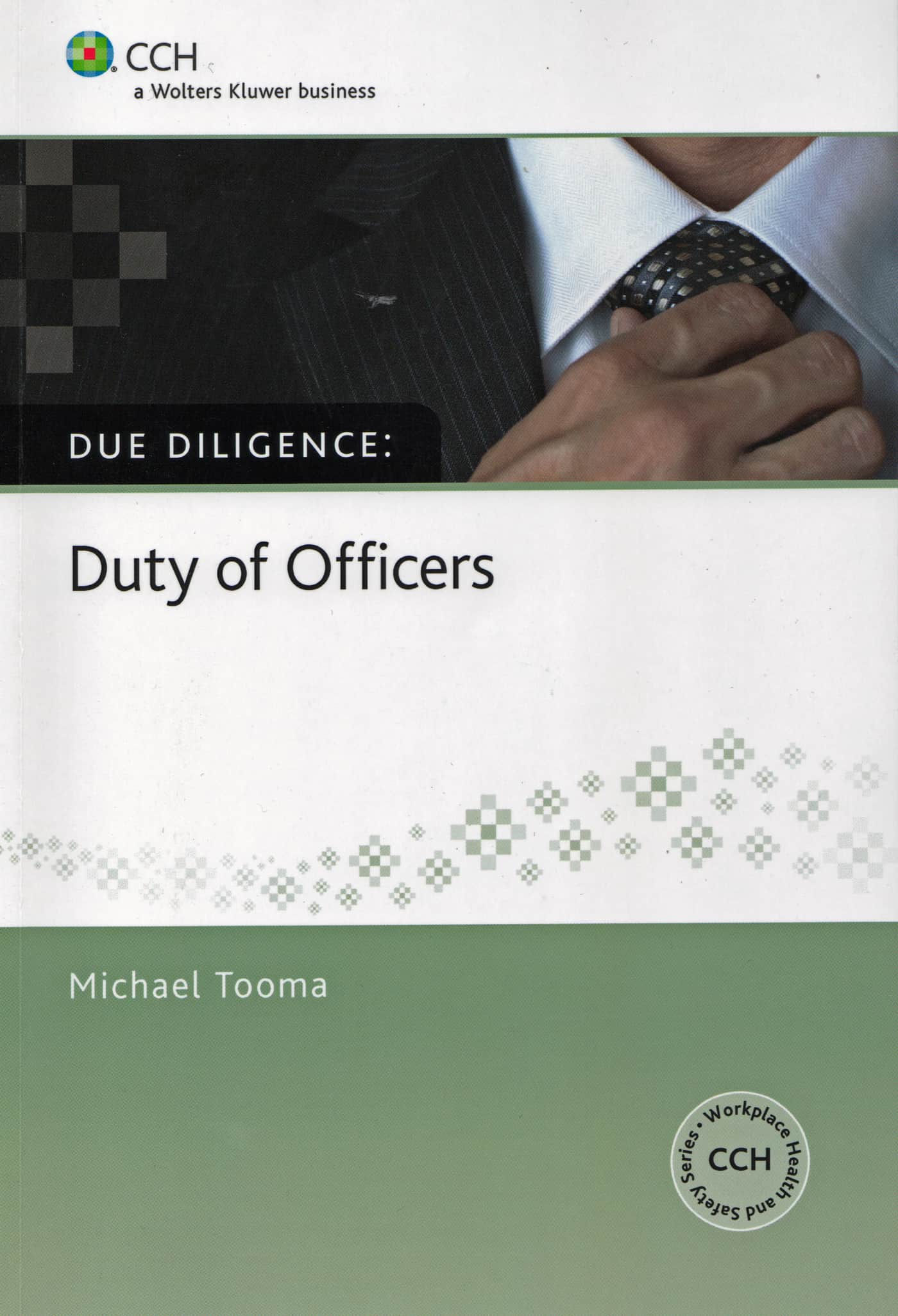 The Victorian Government has released the PricewaterhouseCooper (PwC) assessment of the potential economic impacts of the introduction of the national Work Health and safety laws.
The Victorian Government has released the PricewaterhouseCooper (PwC) assessment of the potential economic impacts of the introduction of the national Work Health and safety laws.
The government media statement accompanying the report states that
“The proposed laws do not deliver on the intent of the COAG reform agreed to in 2008 which aimed to reduce the cost of regulation and enhance productivity and workforce mobility,” Mr Baillieu said.
“Victoria already has the safest system, the most effective system, the lowest rate of workplace injuries, illnesses and deaths of all states, and the lowest workers’ compensation premiums in the country. It is estimated that it will cost Victoria $812 million to transition to the new model and $587 million a year in the first five years in ongoing costs to businesses. Most of those costs will be borne by small enterprises which make up 90 per cent of Victorian businesses…,”
This media statement needs to be seen as, largely, political posturing. PwC has produced a report that confirms many of the suspicions that the conservative politicians in Victoria have held for some time. Continue reading “Victoria’s analysis of OHS law costs is unhelpful politics”


